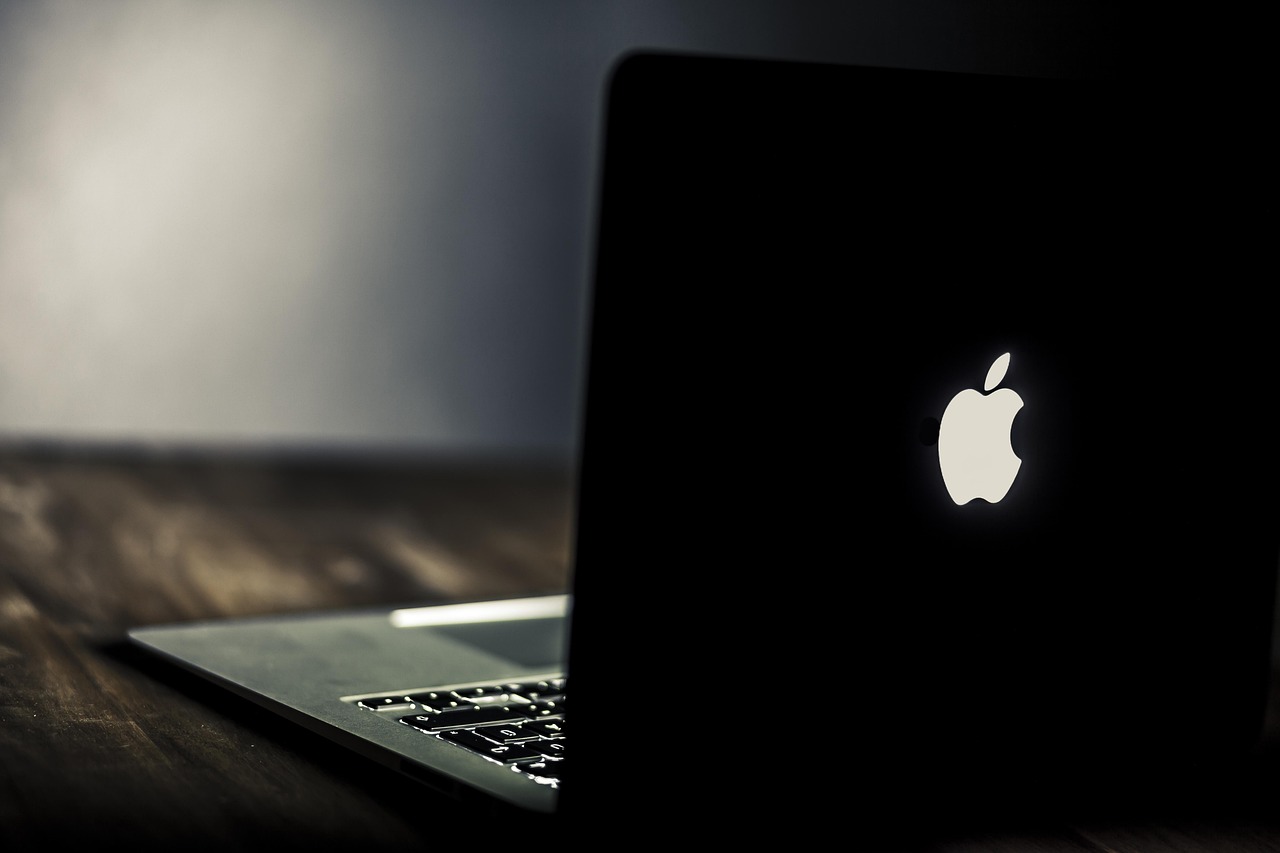Tablets have revolutionized the way we consume content, work on the go, and stay connected. Bridging the gap between smartphones and laptops, these versatile devices offer a compelling blend of portability, functionality, and affordability. From students taking notes in class to professionals presenting on the road, tablets have carved out a significant niche in the modern technological landscape. Let’s dive into the world of tablets, exploring their various aspects and uncovering how they can enhance your digital life.
What is a Tablet?
A tablet, at its core, is a mobile computing device with a touchscreen display, circuitry, and battery all contained in a single unit. Lacking a physical keyboard and mouse, tablets rely primarily on touch input, although many support external accessories like keyboards and styluses. They run on a variety of operating systems, most commonly Android, iPadOS (Apple’s tablet-specific OS), and occasionally Windows.
Key Characteristics of a Tablet
- Portability: Lighter and more compact than laptops, tablets are easy to carry around.
- Touchscreen Interface: Intuitive and user-friendly, allowing for direct interaction with content.
- Versatility: Suitable for a wide range of tasks, from entertainment to productivity.
- Battery Life: Typically offers longer battery life compared to laptops.
- Connectivity: Wi-Fi and often cellular connectivity for internet access on the go.
How Tablets Differ from Smartphones and Laptops
While smartphones, tablets, and laptops all offer mobile computing capabilities, they cater to different needs and use cases. Smartphones excel at communication and quick tasks, while laptops are designed for more intensive productivity. Tablets bridge this gap, offering a larger screen than smartphones for better content consumption and a more portable form factor than laptops.
- Screen Size: Tablets boast larger screens than smartphones, making them ideal for reading, watching videos, and browsing the web.
- Processing Power: While some high-end tablets rival laptops in processing power, most are designed for less demanding tasks.
- Operating System: Tablets run on mobile operating systems optimized for touch input, whereas laptops primarily use desktop operating systems.
- Primary Use Case: Tablets are often used for entertainment, light productivity, and on-the-go tasks, while laptops are preferred for more demanding work.
Choosing the Right Tablet: Factors to Consider
Selecting the right tablet requires careful consideration of your individual needs and priorities. From operating system preference to budget constraints, several factors influence the optimal choice.
Operating System: Android, iPadOS, or Windows?
The operating system dictates the overall user experience, app availability, and ecosystem integration.
- Android: Offers a wide range of devices at various price points, known for its customization options and open-source nature. Google Play Store provides access to millions of apps.
Example: Samsung Galaxy Tab S8 series provides excellent performance and features.
- iPadOS: Apple’s tablet operating system, known for its intuitive interface, seamless integration with Apple devices, and a vast library of optimized apps.
Example: Apple iPad Pro offers powerful performance and a stunning display.
- Windows: Offers a full desktop operating system experience on a tablet, ideal for users who need to run legacy software or prefer a traditional desktop environment.
Example: Microsoft Surface Pro series functions as both a tablet and a laptop.
Screen Size and Display Quality
The screen size and display quality directly impact your viewing experience.
- Size: Smaller tablets (7-8 inches) are highly portable, while larger tablets (10 inches or more) offer a more immersive viewing experience. Consider your primary use case – travel, reading, or watching movies?
- Resolution: Higher resolution displays offer sharper images and text. Look for tablets with at least a Full HD (1920×1080) resolution.
- Panel Technology: IPS (In-Plane Switching) panels offer wide viewing angles and accurate color reproduction. OLED (Organic Light-Emitting Diode) panels provide vibrant colors, deep blacks, and excellent contrast.
Performance and Storage
Sufficient processing power and storage capacity are crucial for smooth performance and storing your files.
- Processor: Choose a tablet with a capable processor that can handle your intended tasks. For demanding games and applications, opt for a more powerful processor.
- RAM: At least 4GB of RAM is recommended for smooth multitasking. 6GB or 8GB of RAM is ideal for more demanding users.
- Storage: Consider your storage needs. Cloud storage is an option, but internal storage is important for offline access. Look for expandable storage options if possible (via microSD card). Consider at least 64GB of storage; 128GB or more is preferable for heavy users.
Connectivity and Battery Life
Staying connected and enjoying long battery life are essential for on-the-go use.
- Wi-Fi: Ensure the tablet supports the latest Wi-Fi standards (Wi-Fi 6 is becoming standard) for fast and reliable internet connectivity.
- Cellular Connectivity: If you need internet access on the go without relying on Wi-Fi, choose a tablet with cellular connectivity (4G LTE or 5G).
- Battery Life: Look for tablets with a battery life of at least 8-10 hours for all-day use.
Tablet Uses: Beyond Entertainment
While tablets excel at entertainment, their versatility extends far beyond watching videos and playing games. They can be powerful tools for productivity, education, and creative expression.
Productivity on the Go
Tablets can be used for a variety of productivity tasks, such as:
- Email and Communication: Managing emails, attending video conferences, and staying connected with colleagues.
- Document Editing: Creating and editing documents, spreadsheets, and presentations using apps like Microsoft Office, Google Docs, and Apple iWork.
Example: Using an iPad Pro with a Smart Keyboard Folio for writing and editing documents on the go.
- Note-Taking: Taking handwritten or typed notes in meetings, classes, or conferences.
Example: Using a Samsung Galaxy Tab S8 with an S Pen for taking handwritten notes in class.
- Project Management: Managing tasks, tracking progress, and collaborating with team members using project management apps.
- Remote Access: Accessing files and applications on your computer remotely using remote desktop software.
Education and Learning
Tablets offer a convenient and engaging way to learn and study.
- E-Reading: Reading e-books, textbooks, and articles.
Example: Using a Kindle Fire tablet for reading e-books on a plane.
- Online Courses: Taking online courses and accessing educational resources.
- Research: Conducting research and gathering information for school projects or professional development.
- Interactive Learning: Engaging with interactive learning apps and games.
Example: Using an iPad with educational apps for children.
Creative Expression
Tablets can be powerful tools for artists, designers, and content creators.
- Digital Art: Creating digital paintings, drawings, and illustrations using drawing apps and styluses.
Example: Using an iPad Pro with an Apple Pencil for creating digital artwork.
- Graphic Design: Designing logos, posters, and other visual materials using graphic design apps.
- Photo Editing: Editing and enhancing photos using photo editing apps.
- Video Editing: Editing videos on the go using video editing apps.
Example: Using a Samsung Galaxy Tab S8 with video editing apps for creating social media content.
Accessories to Enhance Your Tablet Experience
Accessories can significantly enhance the functionality and usability of your tablet.
Keyboards and Styluses
- Keyboards: Transform your tablet into a mini-laptop for efficient typing. Look for Bluetooth keyboards or keyboard cases that attach directly to the tablet.
Example: Apple Smart Keyboard Folio for iPad, Logitech K380 Bluetooth Keyboard.
- Styluses: Enable precise input for drawing, writing, and navigating the interface.
* Example: Apple Pencil for iPad, Samsung S Pen for Galaxy Tab.
Cases and Screen Protectors
- Cases: Protect your tablet from scratches, bumps, and drops. Choose a case that fits your lifestyle and provides adequate protection.
- Screen Protectors: Prevent scratches and cracks on your tablet’s screen. Tempered glass screen protectors offer the best protection.
Stands and Docks
- Stands: Provide a comfortable viewing angle for watching videos or working on your tablet.
- Docks: Allow you to connect your tablet to external displays, keyboards, and mice for a desktop-like experience.
Headphones and Speakers
- Headphones: Enjoy immersive audio without disturbing others. Wireless headphones offer greater freedom of movement.
- Speakers: Enhance the audio quality of your tablet for a more enjoyable listening experience. Portable Bluetooth speakers are ideal for sharing music with friends.
Conclusion
Tablets have become indispensable devices in our increasingly digital world. Their portability, versatility, and ever-expanding capabilities make them ideal for a wide range of tasks, from entertainment and communication to productivity and creative expression. By carefully considering your needs and preferences, you can choose the perfect tablet and unlock its full potential to enhance your digital life. From students taking notes to artists creating masterpieces, tablets empower us to learn, work, and create on the go. As technology continues to evolve, tablets are poised to remain a vital part of our connected world.




